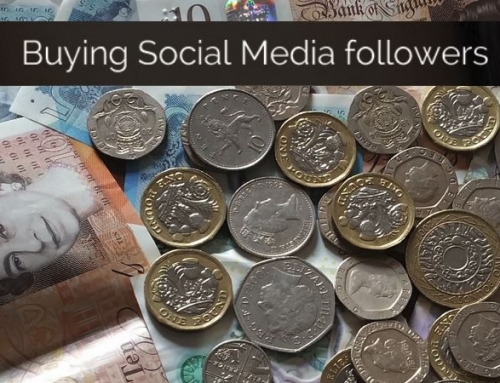Another day, another Facebook tweak! Last week, Facebook announced a number of changes to the way that the Newsfeed works. This time, it won’t look any different; but the coding underlying what each user sees has changed, so the content of the news feed will be a little different.
Why the Newsfeed changes?
The number of Friends and Liked Pages an average Facebook user has is increasing all the time. Whilst that’s good for Facebook on the one hand, it also gives them a problem; that being less discriminating about who you are linked to, may lead to a less interesting News Feed in the longer run. Here’s Chris Cox, Facebook’s VP of Product:
“The average person today has about 1500 stories they could see, ranging from one of your good friends getting married, to bottom of the barrel updates like your friend from high school who you haven’t heard from in years became friends with someone you’ve never heard of.”
Remember, Facebook’s financial future is dependent on lots of users, logging on a lot – that way they have lots of lovely potential consumers to “sell” to advertisers and business users like you or us. If users start to get bored and log on less frequently, that’s bad news for Facebook’s bank balance.
How do you solve a problem like 1500 stories?!
Facebook have a whole team of people who do nothing but work on trying to make your news feed more alluring. Chris Cox again:
“The goal of the Facebook News Feed team and algorithm is to figure out what stories out of those 1500 will delight and fascinate you.
When the News Feed team succeeds, you see things you care about, have a good time on Facebook, and use it more. When it doesn’t, Facebook seems like a boring waste of time. This team makes or breaks Facebook’s engagement level.”
So, Facebook has just updated the algorithm which sits behind users’ News Feeds, determining what they see. Here’s what we already knew about what influences how likely a post is to turn up in a particular user’s News Feed:
- How often you interact with the friend, Page, or public figure (like an actor or journalist) who posted
- The number of likes, shares and comments a post receives from the world at large and from your friends in particular
- How much you have interacted with this type of post in the past
- Whether or not you and other people across Facebook are hiding or reporting a given post.”
We actually think this already creates a problem: that the News Feed algorithm works in the same way for every user. This would be fine if every user interacted with Facebook in the same way, but they don’t.
Just one easy example: the older a user, the less likely they are to “interact” (like or comment) with a post from one of their friends – no matter how interested they were in it. The fiftysomething generation just doesn’t see the need to pepper the web with Thumbs Up symbols! So for them, what Facebook is likely going to do is to deprive them of seeing content they were actually interested in – just because they don’t behave like a younger user, who is very inclined to interact.
The new News Feed developments
Anyhow, Facebook has introduced a couple of new features to the algorithm: Story Bumping and Last Actor. Here’s what they do:
Story Bumping:
With Story Bumping, Facebook doesn’t just look at what stories have been published since a user last looked at their feed, but at all the recent stories they hadn’t seen (ie, which Facebook had previously not displayed!) — not just “new” but “new to that user”. Facebook says that “This way, you see more relevant stories, even if they’re a little bit older.”. Which is true…and presumably it also helps cover up lean times when hardly any of your friends have posted anything!
From a business point of view, we might assume that Story Bumping would be good news. Since it’s fundamentally harder for a Page post to compete with big news from a user’s closest friends, Story Bumping gives your Page a second bite at the cherry – the opportunity to get more visibility during times of lower competition. And that would seem to be true, looking at Facebook’s own analysis:
“Facebook has rolled Story Bumping out on the web and is starting to push it to mobile. Initial tests showed the Story Bumping led to 5% more likes, comments, and shares on stories from friends, an 8% boost in interactions for stories from Pages and public figures, and an increase from 57% of potentially visible stories read to 70%.”
Last Actor:
“Last Actor” looks at the 50 people a user most recently interacted on Facebook (so activities such as viewing a profile or photos, or liking feed stories). Facebook then shows that user more from those people (or pages) in their feed in the short-term.
The “short term” wasn’t specifically defined, so we don’t know how long this effect works for. However it is certainly something that businesses need to note, especially if you’re having a big recruitment drive such as paying for boosted posts, providing a special offer or even just advertising,
Someone Liking your page for the first time is likely to have been directly to your Page to check it out, and maybe read and /or interacted with a few Posts, so your business Page is very likely to fall into the Last Actor category for them. So, you better make your next batch of content shit hot – because that’s the point at which it’s most likely to be seen by your new Likers.
To sum up: Businesses could well get a boost from these changes; but careful, detailed campaign planning will become more important and effective than ever before.





Leave A Comment